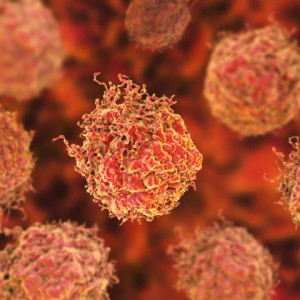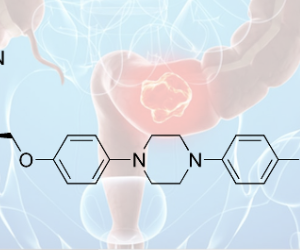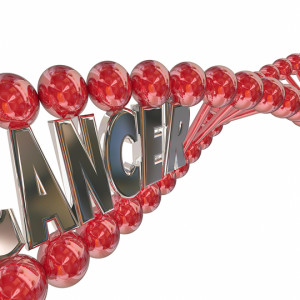
Prostate cancer ultrasound treatment as effective as surgery or radiotherapy – an article by Imperial College London.
This is a ground-breaking and game-changing study for males. For may years, the only curative treatment for males with prostate cancer that had not spread outside the prostate was surgery or radiation therapy.
healthyliving July 23rd, 2019
Posted In: cancer care
Tags: cancer, HIFU, high-intensity focused ultrasound, prostate cancer, radiotherapy, research, surgery, ultrasound

healthyliving May 28th, 2019
Posted In: cancer care
Tags: antifungal, antifungal agent, breast cancer, cancer, colorectal cancer, III NSC lung cancer, itconazole, lung cancer, NSC lung cancer, ovarian cancer, prostate cancer

“Could Diet Adjustment Prevent Aggressive Prostate Cancer?” – an article from Cancer Therapy Advisor can be accessed here.
Comments from Dr. Rosenberg on the article:
Please do not use the ketogenic diet for all cancers! Prostate cancer has a different metabolic phenotype than the classic glycolytic cancers, where the “Warburg effect” applies.
Prostate cancer tends to increase their uptake of amino acids, such as glutamine and arginine, as well as fatty acids. Prostate cancer also increases expression of the enzyme fatty acid synthase, to help synthesize long-chain fatty acids. As I mentioned in prior issues, there is significant data to suggest that statins may inhibit prostate cancer. Because of prostate cancer’s reliance on lipids, the FDG-PET scan is not an ideal imaging study.
So what kind of diet should prostate cancer patients follow? Low fat diet, but keep in mind, that as the cancer progresses and mutates, some of the lesions may become glycolytic, requiring low carbohydrate intake as well.
healthyliving January 10th, 2019
Posted In: cancer care, Cancer Prevention, Healthy Lifestyle
Tags: cancer care, diet, diet adjustment, healthy diet, prevent prostate cancer, prevention, prostate cancer

EMT transition, refers to the conversion of cells that have the epithelial phenotype (meaning they stay local and adhere to a basement membrane), to cells that have a mesenchymal phenotype (meaning they develop the ability to invade and migrate). This study showed that 300 micrograms per day of selenized yeast, for 5 weeks, downregulated the expression of genes associated with invasion, migration, and inflammation.
The Nutritional Prevention of Cancer (NPC) trial showed that 200 μg selenized yeast per day reduced the incidence of prostate cancer, and advanced prostate cancer in particular. More recent studies, however, did not consistently confirm a protective effect of selenium for prostate cancer. Results of the Selenium and Vitamin E Cancer Prevention (SELECT) trial demonstrated that supplements with 200 μg L-selenomethionine did not decrease the incidence of prostate cancer among men in the general population. Similarly, in men at high risk for prostate cancer, 200-400 μg of selenized yeast per day was not effective for prostate cancer prevention.
So how can we account for the discrepancies? In the NPC trial, specifically the participants with relatively low selenium status at baseline (selenium <123.2 μg/L) seemed to benefit from the intervention with selenized yeast. Baseline selenium levels of the participants of the SELECT trial were relatively high (median 135 μg/L). The median selenium level of participants in this trial was 81 μg/L and increased to 185 μg/L after the intervention. Based on experimental studies in dogs and a number of observational studies in humans, a U-shaped dose response curve for selenium status and several health outcomes was suggested.
So the bottom line is: every substance has a U-shaped curve: too little, not effective; too much toxic effects. Measure your patient’s selenium levels before considering supplementation.
Based on the following journal article, Chiang, Emily; Defining the Optimal Selenium Dose for Prostate Cancer Risk Reduction: Insights from the U-Shaped Relationship between Selenium Status, DNA Damage, and Apoptosis; Dose Response. 2010; 8(3): 285–300, a selenium level of 119 to 137 μg/L in plasma appears optimal.
~ Dr. Rosenberg
healthyliving April 10th, 2017
Posted In: cancer care, Cancer Prevention
Tags: prostate cancer, selenium